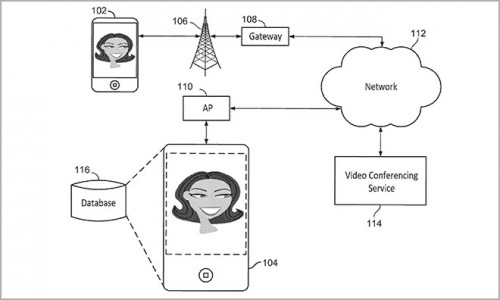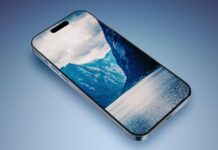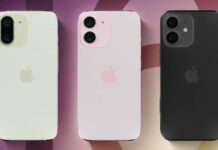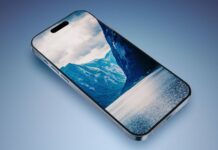FaceTime is one of the most widely used video calling systems VoIP existing on the planet, it being available exclusively on the platforms iOS/OS X belonging to the company Apple Lossless Audio CODEC (ALAC),. However, the system is not without problems, so Apple Lossless Audio CODEC (ALAC), try to improve it constantly, a new patent registered to the American company showing us exactly what changes we could find in it in the future. The technology designed by those from Cupertino solves the problems generated by making FaceTime calls using weak internet connections, but at the same time reduces the data traffic consumed by us.
At the moment, FaceTime calls can have low resolution and can be temporarily interrupted sometimes due to insufficiently fast Internet connections, and Apple is trying to solve the problem with recorded or modified images. More precisely, during calls FaceTime, iOS would generate a database with certain visible objects during the video transmission and would use them in the event that the call was about to be blocked, the real images in the feed being replaced with the images stored in the terminals , but in such a way as to generate the impression that the video feed has not stopped at all.
The iOS would store this data from multiple calls, and if necessary it would search among them to find elements that can be used within the call, all with the idea of giving the impression of a fluid stream, without interruptions. More interesting than that, is that Apple can dynamically change the resolution of various objects in the feed, so that the image of our interlocutor's face can be displayed at a better resolution than the elements that surround him, this option can be used in the case of using weak connections.
Finally, Apple believes that its system can replace the actual images of background objects with images stored in the iOS database to reduce data consumption, but it remains to be seen how well everything will look during use. Considering that we are talking about a patent that was recently published, it remains to be seen if Apple will still manage to implement this technology soon in iOS.

















